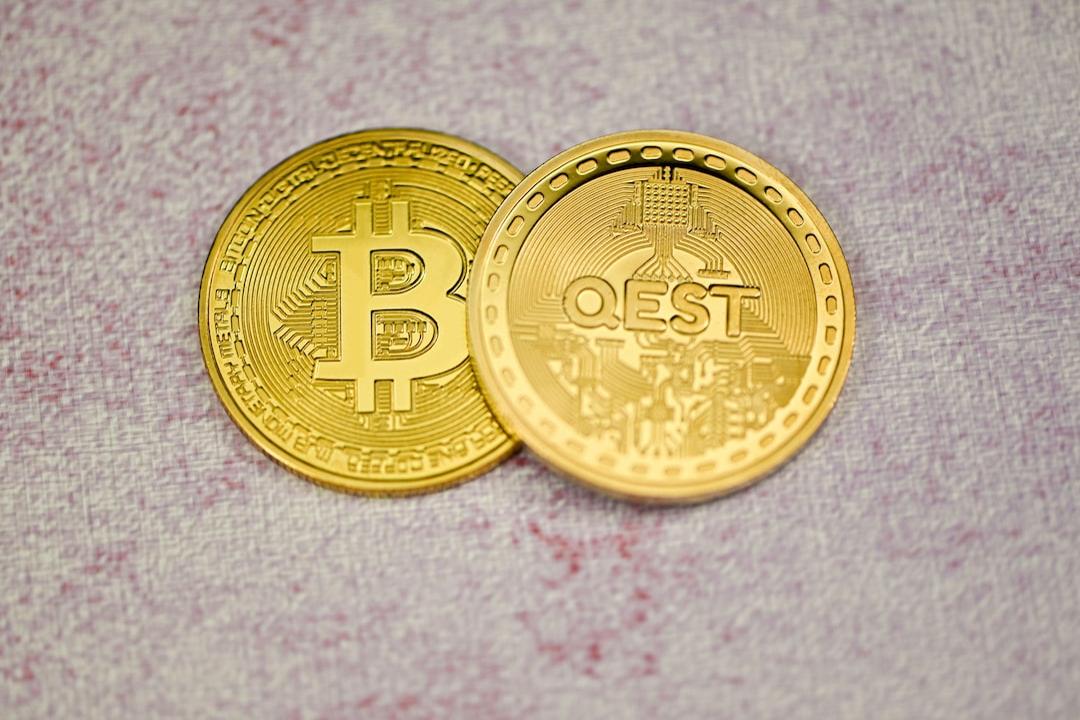NVIDIA CEO Jensen Huang: Self-Driving Car Business Generates $5 Billion Annually, Anticipating a Major Explosion in AI and Robotics Industries by 2025
Nvidia CEO Jensen Huang delivered several announcements regarding the latest technologies during the CES event held in Las Vegas, USA, on Monday. These include a new AI model, the RTX Blackwell graphics card, and cutting-edge solutions tailored for the autonomous driving and robotics industries.
Huang was also invited to discuss technological innovations, AI applications, and future developments, providing in-depth analysis. From future layouts in the autonomous vehicle market to breakthroughs in the robotics industry, he shared how Nvidia is fully supporting the demands of the new era through innovative technologies.
**Looking Forward to Meeting Trump, Anticipating Support for the New Administration**
In an interview, Huang talked about the possibility of meeting with the U.S. President-elect, Trump. He stated that he has not yet received an invitation, but if given the opportunity, he would be happy to meet with Trump to discuss technology-related policies. Huang mentioned, “I would be glad to meet him and congratulate him, and do whatever we can to help this administration succeed.”
Additionally, Huang shared his views on the potential impacts of Trump’s new administration on technology export and tariff policies. He noted that Nvidia would provide its perspectives for the government’s consideration, while also respecting the government’s final decisions. “We believe the government will make the right choices in the best interest of the country,” Huang said.
**Nvidia Returns to Core Business, RTX Blackwell Boosts AI and Gaming**
At the CES event, Huang unveiled the next-generation RTX Blackwell graphics card, the GeForce RTX 50 series, emphasizing its use of the Blackwell architecture, integrating AI and computer graphics technologies.
“The stunning visuals in today’s games are due to our use of AI to compensate for the limitations of computer graphics technology. For example, in a 4K image with 33 million pixels, only 2 million pixels are directly computed, while the rest are generated by AI,” Huang explained. He added that this generative AI allows for more interactive game content and paves the way for future virtual worlds.


Jensen Huang showcases the latest GeForce RTX 50 graphics card.
**Cosmos Model: The Cornerstone for AI in Autonomous Driving and Robotics**
During the CES event, Nvidia introduced a world-class AI model named “Cosmos,” specifically developed for autonomous vehicles and robotics, accelerating the development of physical AI. Huang emphasized, “If ChatGPT is a text-generating AI created for language, then Cosmos is designed for the real world, capable of simulating vehicle driving conditions, understanding object permanence and spatial geometry, and creating realistic simulated environments.”
“Businesses can use our Omniverse platform in conjunction with Cosmos to provide virtual testing grounds for robots and autonomous vehicles, reducing development costs and shortening time to market,” he added.


Nvidia showcased a conceptual diagram of the integration of Omniverse and Cosmos at CES.
**Driven by Industry Demand, the Robotics Era Will Arrive by 2025**
Huang predicted that the aging global population and labor shortages will drive an explosion in robot demand. “The robotics market is a $50 trillion industry with immense potential, and manufacturing will be the first sector to adopt robots. Robots not only fill labor gaps but also enhance productivity and alleviate inflationary pressures.”
Huang revealed that Nvidia has developed a complete computing system consisting of three major components covering every stage from robot design and training to deployment. He pointed out, “In the next 10 to 20 years, there could be billions of robots on Earth, encompassing various domains such as consumer, industrial, and service sectors.”


Jensen Huang with Nvidia robots.
**Autonomous Driving Layout: Involved in the Entire AI Development and Deployment Process**
Nvidia’s layout in the autonomous driving sector is equally extensive. Huang stated that every car manufacturer needs two factories: one for producing vehicles and another for producing AI, and Nvidia is involved in both processes. He further disclosed that Nvidia’s autonomous driving business currently generates $5 billion in annual revenue and continues to grow rapidly. He emphasized that the demand for autonomous vehicles and AI factories will continue to drive Nvidia’s business expansion.
**The Future of the AI Industry: From Data Centers to New Computing Models**
Huang believes that AI is redefining computing models, shifting from traditional general-purpose computing to a model centered around AI and accelerated computing. “This is just the beginning; in the future, every data center will be powered by AI,” he remarked with a smile. Regarding Wall Street’s concerns about the sustainability of high spending on AI, Huang expressed optimism: “AI is the most significant technological force of our time, and its potential has not yet been fully realized; there is still ample room for growth in the coming years.”
(Nvidia’s strongest gaming GPU, the GeForce RTX 50, debuts, with Nvidia’s AI and gaming business continuing to grow.)
**Risk Warning**
Investments in cryptocurrency carry a high risk, and prices may fluctuate dramatically; you may lose your entire principal. Please assess risks carefully.
